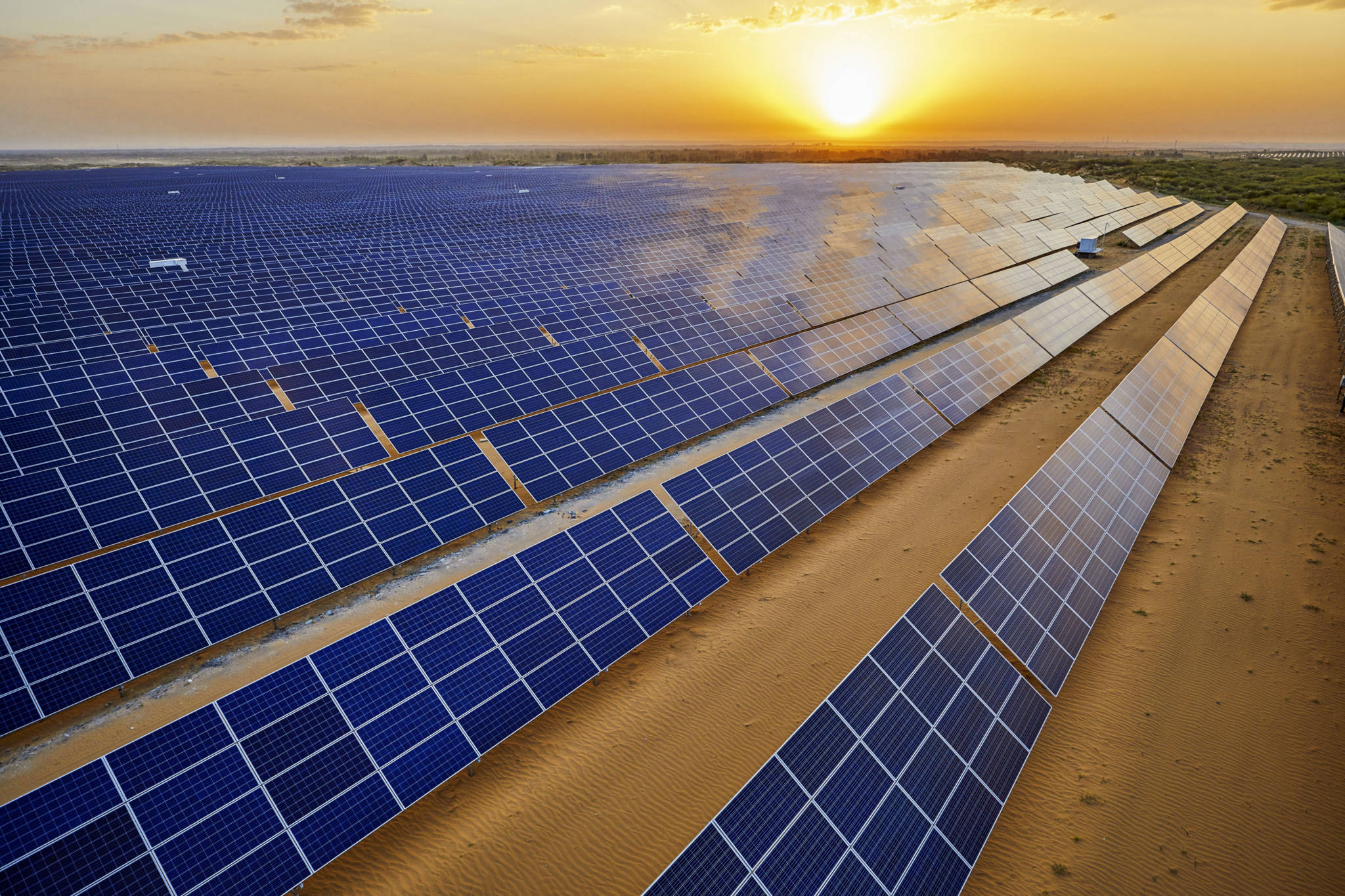Nearly 50 developing countries have so far adopted solar PV. Feed-in tariff policies, which accelerate investment by offering producers favorable long-term contracts, are the most extended form of solar PV support. For instance, in Uganda, FITs have attractive prices, which have boosted the country’s renewable market and local economy. In 2014, Algeria implemented FITs for both solar PV and wind projects. Costa Rica also recently proposed higher FIT rates for solar PV systems. In Kenya, FITs for solar PVs focus on large ground-based plants and are at very attractive levels.
Initiatives led by development funds and similar organizations, such as the International Energy Agency, the International Renewables Energy Agency and the World Council for Renewable Energy, are also used to stimulate the growth of and investment in solar PV technologies. India, Mongolia, Jordan, El Salvador and Pakistan are among the countries to have benefited from initiatives in this regard. Specifically, in Mongolia, the government formulated the second stage of the national Renewable Energy Program (2011/2020) which, through the support of the World Bank, led to the on-lining of a 10 MW solar PV power plant in 2018.
Also in 2018, the government of Jordan approved a new policy allowing all public institutions – such as universities and museums – to build, operate and own solar PV power plants. The policy allowed these institutions to sell the generated electricity to the state-owned National Electric Power Company. This led to the development of the 103 MW Quweira solar PV plant, financed by the Abu Dhabi Fund (ADFD). This Quweira plant is the largest solar PV facility in Jordan.
In recent years, asking the private sector to tender for public solar PV projects has gained momentum in developing countries. In some markets, because of intense competition in the solar PV space, maturing technology, tax incentives and economies of scale, record bids below US$0.03 per kWh have become the new norm. Low bids for the provision of solar PV projects in 2016 and early 2017 were achieved by developing economies such as India, Jordan, Argentina, Saudi Arabia, the UAE and South Africa. In addition, Mongolia and Zambia saw record low national bids for winning tenders in 2016.
The manufacture of solar PV technology is worthy of mention too, if only to note China’s ascendancy: the country has dominated the manufacture and global shipments of solar PV units for eight consecutive years, since 2010. The top 10 manufacturers, of which a majority are China-based, accounted for about 50 percent of shipments during 2016.
